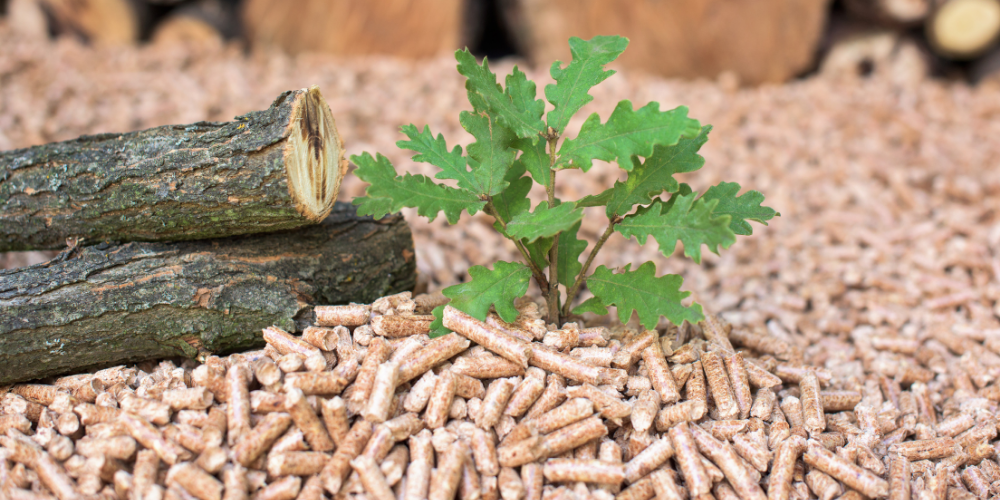Edmond likes to share design blog posts on social media and in online forums. He has a degree in Graphic Design, and he loves working with Adobe Photoshop and Illustrator. In his spare time, Zachary enjoys hiking and camping with his friends.

Interested in learning how a wood pellet production line works? A wood pellet production line is a process that takes raw materials and converts them into pellets for fuel. The pellets are made of compressed sawdust or other biomass wastes.
By using a wood pellet production line, you can create an environmentally friendly and renewable source of energy for your home or business. Pellets are easy to store and distribute, and they produce less pollution than traditional fuels.
The wood pellet production line is composed of many different machines, each with its own purpose. The most important machine in the production line is the wood pellet machine. Not only are they efficient, but they are also stylish and come in a variety of colors to match your décor.
Key Components Of a Wood Pellet Production Line
A wood pellet production line is typically made up of several key components, including a chipper, dryer, pelletizer, and cooler. The chipper breaks down the raw wood into small pieces. The dryer removes moisture from the wood, and the pelletizer compresses the wood into pellets. The pellets are then cooled and stored for use.
First Step
The first step in a wood pellet production line is to break down the raw wood into small pieces. This is typically done with a chipper, which can be either a drum chipper or a disc chipper. The type of chipper used will depend on the type of wood being processed. Drum chippers are typically used for softwoods, while disc chippers are better suited for hardwoods.
Second Step
Once the wood has been chipped, it is then dried to remove any moisture. This is important because too much moisture can cause the pellets to break down and become unusable. The dryer can be either a rotary dryer or a fluidized bed dryer. Again, the type of dryer used will depend on the type of wood being processed.
Third Step
After the wood has been dried, it is then fed into the pelletizer. The pelletizer compresses the wood into pellets, which are then cooled and stored for use. The type of pelletizer used will again depend on the type of wood being processed. Pelletizers can be either flat die or ring die pelletizers.
Fourth Step
Once the pellets have been cooled, they are then ready for use. Pellets can be used in a variety of ways, such as in stoves, boilers, and furnaces. They can also be used to power generators and other equipment.
Summary
Wood pellet production lines are becoming increasingly popular as people look for ways to reduce their carbon footprint and live a more sustainable lifestyle. Wood pellets are a renewable and environmentally friendly fuel source that can be used in place of fossil fuels like coal or natural gas.
A wood pellet production line is a process that takes raw materials and converts them into pellets for fuel. The pellets are made of compressed sawdust or other biomass wastes.
By using a wood pellet production line, you can create an environmentally friendly and renewable source of energy for your home or business. Pellets are easy to store and distribute, and they produce less pollution than traditional fuels.
